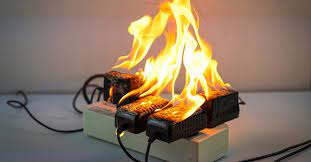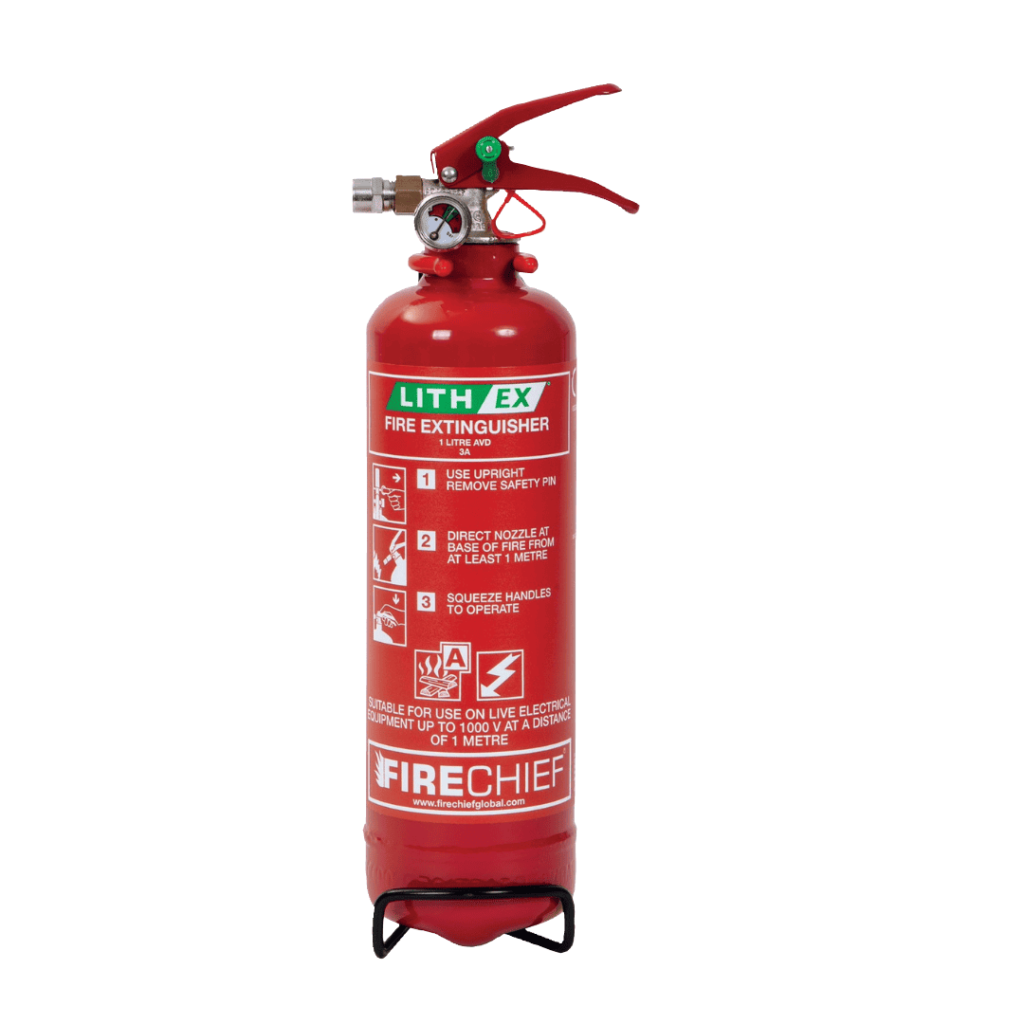In this informative article, we aim to clarify these misunderstandings and provide you with accurate, reliable information. Understanding the truth about fire extinguishers can make all the difference in an emergency, transforming uncertainty into confident action. Join us as we dispel the myths and empower you with knowledge, ensuring that you and your home are well-equipped to handle a fire emergency safely and effectively.
Myth 1: All Fire Extinguishers are the Same
This myth is quite misleading as fire extinguishers are distinctly classified based on the type of fire they are designed to combat. Understanding these classes is crucial:
- Water Extinguishers: Ideal for Class A fires involving combustibles like wood, paper, or textiles.
- Foam Extinguishers: Effective on Class A and B fires, suitable for flammable liquids but not for electrical fires.
- Dry Powder Extinguishers: Versatile, used for Class A, B, and C fires, including flammable gases.
- CO2 Extinguishers: Perfect for Class B fires and electrical fires due to their non-conductive nature.
- Wet Chemical Extinguishers: Specifically designed for Class F fires, commonly used for cooking oil or fat fires.
Each type works differently and is formulated to tackle specific fire classes. Using the wrong type can be ineffective or even dangerous, emphasizing the importance of correct extinguisher selection.

Myth 2: Fire Extinguishers Last Forever
Debunking Myth 2 involves understanding that fire extinguishers, unlike fire blankets, have a limited shelf life and require regular maintenance. Fire blankets, made of fire-resistant materials like fiberglass, don’t expire and need minimal upkeep.
Consider a home scenario: a small kitchen fire starts. While a fire blanket can immediately smother it, an expired or poorly maintained fire extinguisher might malfunction, escalating the situation. This highlights the importance of regularly checking extinguishers’ expiration dates and ensuring they’re in good working condition for reliable fire safety.
Myth 3: Using an Extinguisher is Easy and Intuitive
Debunking Myth 3 about fire extinguishers involves understanding that using them correctly is not as intuitive as it may seem. Imagine a scenario in your kitchen where a small grease fire starts. In panic, you grab the fire extinguisher.
However, without knowing the PASS technique – Pull the pin, Aim at the base of the fire, Squeeze the handle, and Sweep side to side – your attempts might be futile. This highlights the importance of familiarizing yourself with the extinguisher’s operation, even through a quick read of the instructions or a basic training session.
Proper knowledge can turn a potentially dangerous situation into a quickly resolved one, underscoring the necessity of being prepared and informed.

How Circuit Breakers and Fuses Prevent Fires
- Interrupting Overloads: Circuit breakers and fuses act as safety devices that interrupt power flow in electrical circuits whenever they detect an overload, short circuit, or ground fault. By stopping the flow of excessive current, they prevent the heating of wires that could lead to fires.
- Specific Functions: Circuit breakers can be reset after tripping, while fuses need to be replaced. Both serve the critical function of preventing electrical overloads from turning into potential fire hazards.
Regular Checks and Maintenance
- Routine Inspections: Regularly inspect circuit breakers and fuses for signs of damage or wear. Circuit breakers should not be sticky or difficult to move, and fuses should not show signs of burning or corrosion.
- Testing Circuit Breakers: Periodically test circuit breakers by flipping them on and off to ensure they are working correctly.
Installing and Testing Smoke Alarms
Choosing the Right Smoke Alarm for Your Home
- Types of Smoke Alarms: Understand the differences between ionization and photoelectric smoke alarms. Ionization alarms are better at detecting fast-burning fires, while photoelectric alarms are more responsive to smoldering fires.
- Combination Alarms: Consider installing combination alarms that detect both smoke and carbon monoxide for comprehensive protection.
Placement and Maintenance of Smoke Alarms
- Strategic Placement: Install smoke alarms on every level of your home, including the basement and near all sleeping areas.
- Maintenance: Test smoke alarms monthly by pressing the test button. Replace batteries at least once a year or as needed, and replace the entire smoke alarm unit every 10 years.
Educating Family Members
Teaching Children About Electrical Safety
- Basic Principles: Educate children about the basics of electricity and the importance of not overloading outlets, playing with electrical cords, or inserting objects into outlets.
- Interactive Learning: Use age-appropriate activities and educational tools to make learning about electrical safety engaging and memorable.
Creating a Fire Escape Plan
- Designing the Plan: Develop a fire escape plan that includes at least two ways out of every room and a designated meeting spot outside the home.
- Practice Drills: Regularly practice fire drills with your family, ensuring everyone knows how to escape quickly and safely in case of a fire.
Advanced Home Safety Technologies
- Smart Smoke Alarms: Consider installing smart smoke alarms that can send alerts to your smartphone and easily be tested or silenced from your device.
- Home Automation Systems: Utilize home automation systems for better control and monitoring of your home’s electrical systems, allowing for immediate detection and response to any electrical anomalies.
- Arc Fault Circuit Interrupters (AFCI): Install AFCIs, which are designed to prevent electrical fires by detecting dangerous electrical arcs and shutting down the power before a fire can start.
- Tamper-Resistant Receptacles (TRRs): Especially if you have young children, TRRs can provide an added layer of safety, preventing foreign objects from being inserted

What to Do in Case of an Electrical Fire
Immediate Steps to Take
- Turn Off Electricity: If it’s safe to do so, shut off the main power supply to the house to prevent the fire from spreading.
- Use a Fire Extinguisher: If the fire is small, use a Class C fire extinguisher. Never use water on an electrical fire, as it can lead to electrocution.
- Exit Safely: If the fire cannot be extinguished quickly and safely, exit the home immediately.
When to Evacuate
- Safety First: Evacuation should be your priority if the fire is spreading, if there’s heavy smoke, or if the situation seems beyond your control.
- Call Emergency Services: Once safely outside, call 1011 or your local emergency number immediately.
Conclusion
Recap of Key Electrical Fire Prevention Tips
- Regularly inspect and maintain electrical systems and appliances.
- Install and regularly test smoke alarms and fire safety devices like GFCIs and AFCIs.
- Educate family members about electrical safety and have a clear fire escape plan.
- Understand the signs of electrical problems and respond promptly.
Staying Informed and Vigilant
As we conclude, remember that the key to preventing electrical fires lies in staying informed about potential hazards and remaining vigilant in maintaining safe electrical practices in your home. Regular checks, proper usage of electrical devices, and immediate action in the face of hazards can significantly mitigate the risk of electrical fires. By incorporating these safety measures and technologies, you are not only protecting your property but also safeguarding the lives of those you cherish. Stay safe and proactive in your approach to electrical fire safety.

